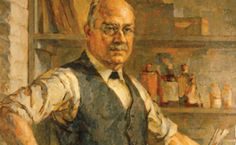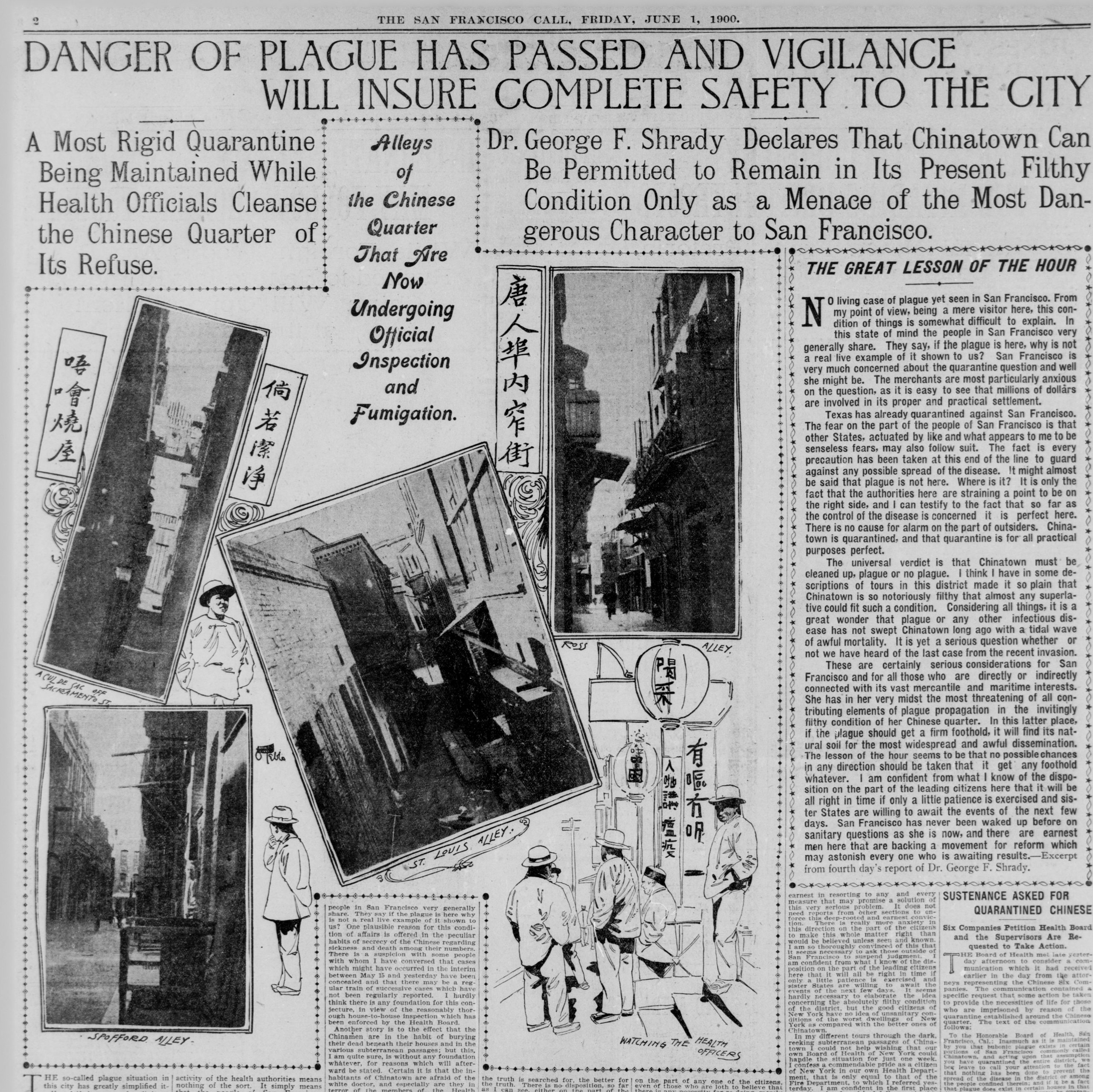In the spring of 1899, news of a potential “plague ship” making its way from Japan to San Francisco spurs action by federal officials. Joseph James Kinyoun, a microbiology and infectious diseases expert who has studied at Louis Pasteur’ laboratory in Paris, is dispatched to California by the federal government.
That summer, Kinyoun quarantines the Nippon Maru at Angel Island — the start of a multi-year political battle between health officials and Southern Pacific Railroad and its business allies that eventually costs California’s governor a second term.

There is no bubonic plague present on the Nippon Maru but one year later in January of 1900 the rodent stowaways aboard the steamship Australia escape detection during its quarantine on Angel Island. On March 6, a man in Chinatown dies of the bubonic plague. It is the first plague case on U.S. soil and generates national media attention.
After 11 Chinatown deaths, Kinyoun declares an epidemic in May. Fearing an economic backlash, state officials deny there is a plague outbreak, continuing their denials for nearly three years. By then there are 121 deaths, 119 of them in Chinatown.
In his biennial message to lawmakers on January 7, 1901, Gov. Henry T. Gage talks of the “false and exaggerated reports concerning the alleged existence of bubonic plague in San Francisco.”
Anti-Chinese sentiment leads to a swift quarantine of Chinatown. Protests by the residents over the action are echoed by state and local business interests whose chief concern isn’t the safety of Chinatown residents but potential financial disaster from a plague-fueled boycott of California goods.
With support from the federal government, Kinyoun informs the public of the danger of plague in San Francisco. Gage works to discredit Kinyoun, claiming he is injecting cadavers to make it appear their deaths are plague-related.
A commission appointed by GOP President McKinley at Gage’s request backs Kinyoun and his findings but public opinion — fueled by Gage and several San Francisco newspapers — runs so strong against the federal quarantine officer that a bounty is placed on his head. Fearing for his life, Kinyuon stays in a succession of local hotels under pseudonyms until he finally resigns in 1901 and leaves San Francisco.
Gage’s backers, including the powerful Southern Pacific Railroad, eventually abandon him after Colorado, Texas and Louisiana impose quarantines on California goods. They back George Pardee for governor in 1902. Pardee, the only medical doctor to serve as California governor, cooperates with medical authorities.
Earlier in his career with the Marine Hospital Service, Kinyoun founds a hygienic laboratory in New York to combat plague and other infectious diseases such as cholera and yellow fever. The lab grows to become today’s National Institutes of Health.
